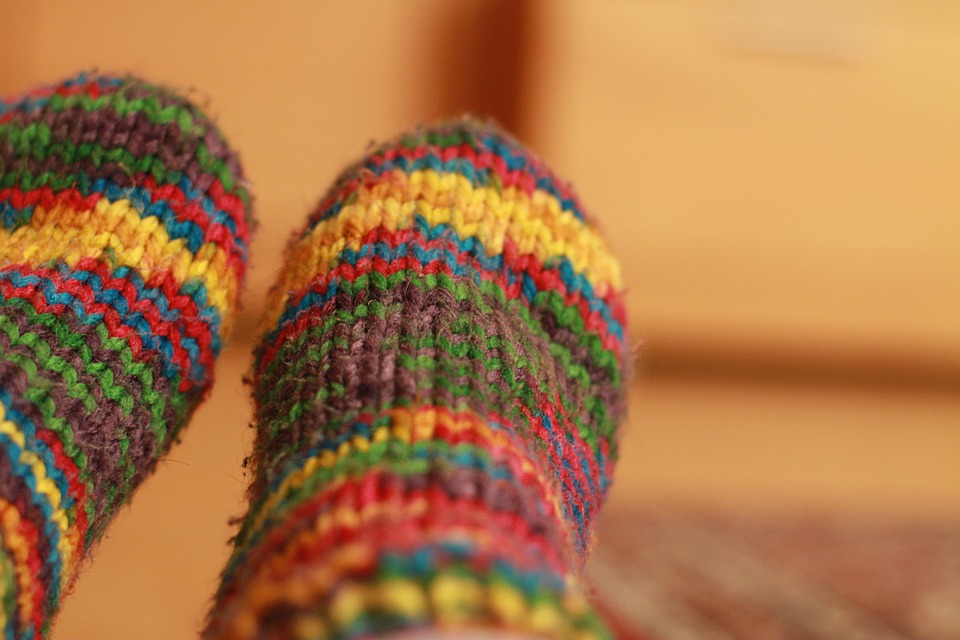As Autumn falls behind us and Winter fast approaches, more and more of us will be cranking up the gas or electric heating and hibernating indoors by the warm glow of a youtube video of a coal fire. We’ve looked at some of the ways you can stay toasty in your home while saving the planet (as well as the pennies).
Gas and Electricity
It may be obvious that when gas is used, fuel is burned, but that’s also the case for electricity. In the UK approximately three-quarters of our electricity comes from fossil-fuelled power stations. So every winter you keep your home usage low, you make the planet that little bit happier.
There are no-brainer ways to do this like using energy saving light bulbs and making sure to turn them off as well as any unnecessary appliances when you’re not at home. But what many people don’t realise is that some electronic devices keep on guzzling power while they’re plugged in.
Instead of just flicking the off switch on those fan heaters and electric radiators, unplug them completely or use a multi-socket adapter that can be switched off itself. And using the timer on your gas central heating means you’ll never forget to switch it off.
Electric blanket? How about treating yourself to a nice crocheted one that runs on 100% woollen energy! As well as making you feel snug as a bug, the change would take your considerable nighttime carbon emissions down to… well, zero. And you can fatten the piggy bank up with all the money you save in your sleep.
Home Insulation
When most people think of Insulation they think of the fuzzy materials that line their lofts, floors and walls, but there are a multitude of ways heat can be insulated from leaking out and stop Jack Frost from creeping in:
• Add draught excluders to your outer doors, letterbox and cat flaps to make sure you’re not spending a bomb simply heating up your garden.
• Be smart about where you use radiator reflector foil. This stuff can be placed behind a radiator to keep the heat in a room, but it’s most effective where the radiator is fixed to an exterior wall.
• And keep your radiators efficient by bleeding them. This is easy to do with a radiator key that can be cheaply purchased from your local ironmonger. Cold spots develop where there’s trapped air, making the radiator less efficient.
• Get double glazing or cheaper alternative window insulation film that sticks almost invisibly to the glass.
• A carpeted floor with a good underlay will always be better than a rug over some draughty floorboards.
• Call in an expert tradesman to assess individual insulation needs and figure out how you can reduce your gas and electricity usage.
Of course maintaining a comfortable temperature while decreasing your bills is good for you, but it’s also good for the environment.
Lofty Ideals
Remember heat rises, so the last stand in the battle of home energy conservation takes place in the loft. Whether you’re cosying up a loft converted into a bedroom or simply making sure those old family heirlooms don’t get damp, it makes good financial and environmental sense to take measures.
There’s a variety of Insulation out there for retaining what heat you create in your home (it’s not all just fuzzy stuff) so it’s good to see what options you have.
The loft can be the warmest room in the house, the downside being an increase in the risk of condensation collecting where you least want it. If you have a loft in an older home, the roof may be built upon non-breathable materials and you might find yourself caught in the endless cycle of heating up the room, opening a window to evacuate the condensation that builds up and then having to deal with the room cooling down from heat escaping out the window.
If you feel like you’re having to crank the central heating up to 11 all day only to have it blow away, then considering an eco-friendly makeover for your roof might be a sensible option.
An answer to any condensation woes, if you go down the reroofing route, is using an initial layer of vapour permeable roofing underlay. A quality material like Strotex Ultra Breather Membrane, shields your loft from the elements including wind-driven rain and snow, while allowing problematic water vapour to escape through your roof.
Heat in + Condensation out = lower energy consumption while staying warm and dry.
Eco-warrior
And the very last defender of escaping heat is the exterior of the roof.
Cladding the roof in durable shingles like Western Red Cedar is a solid final step in sealing the heat into an eco-friendly home. These have a high degree of thermal insulation and are themselves renewable and sustainable by having a very low carbon footprint. A nice bonus to this environmentally friendly roofing solution is that the shingles transform prettily over time, changing from a brownish red to a silvery grey.
Some telltale signs that you desperately need to repair or reroof include water damage or sagging on the interior, and on the exterior, shingle debris in the gutter or entirely missing shingles. If you have any doubt then a good tradesman will be able to advise you and could even help you turn around a complete reroof in under a week.
Or if you’re handy with a hammer and roofing isn’t over your head (so to speak) there’s plenty of information online for how to go about completely reroofing your home on your own. If you do decide to invest in a new roof then it’s advisable to get in before the bad weather to ensure the work can go ahead safely.
By following just a few of these hints, you can keep your “warming” a little less “global” this winter and have some extra cash for a cosy Christmas. Happy hibernating!


